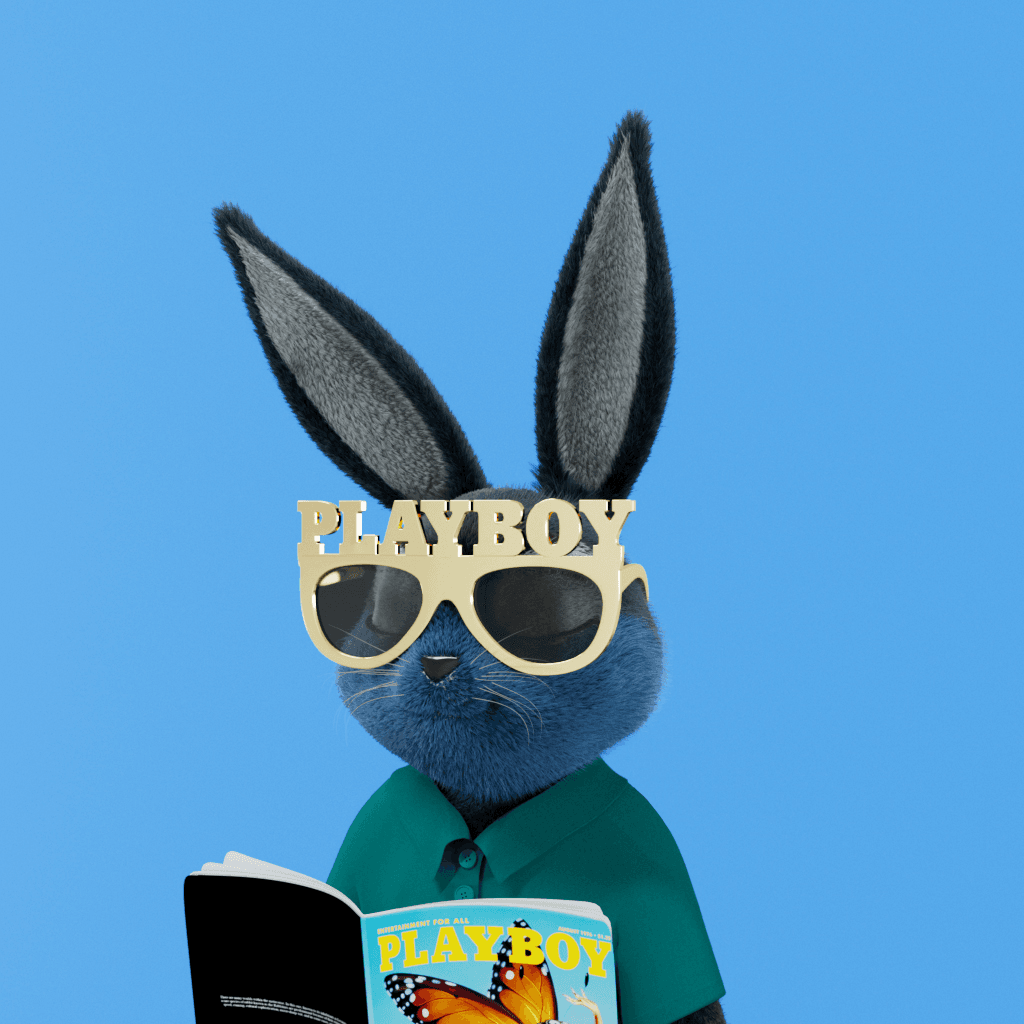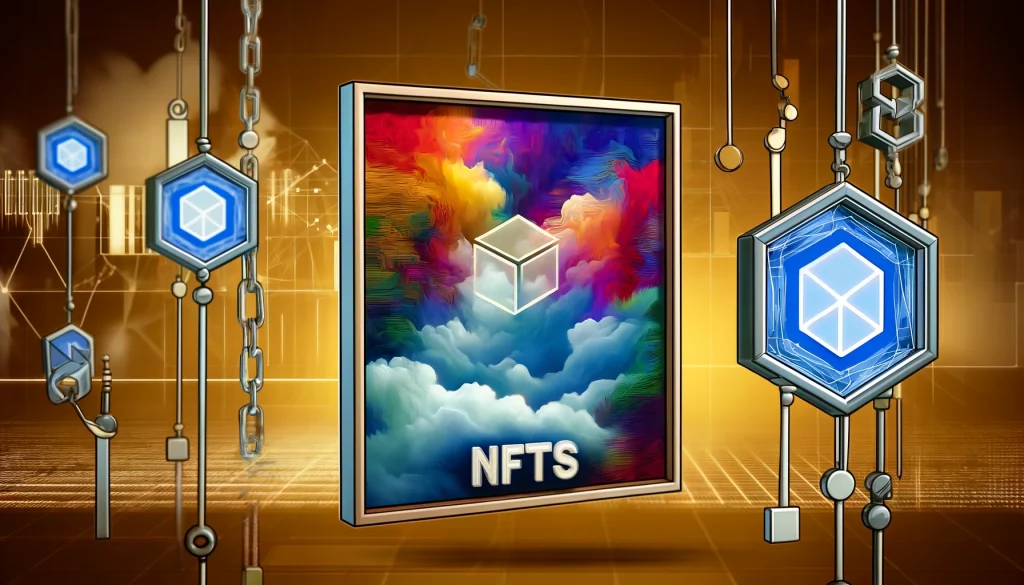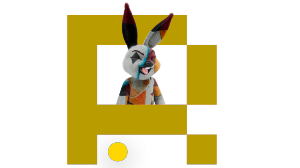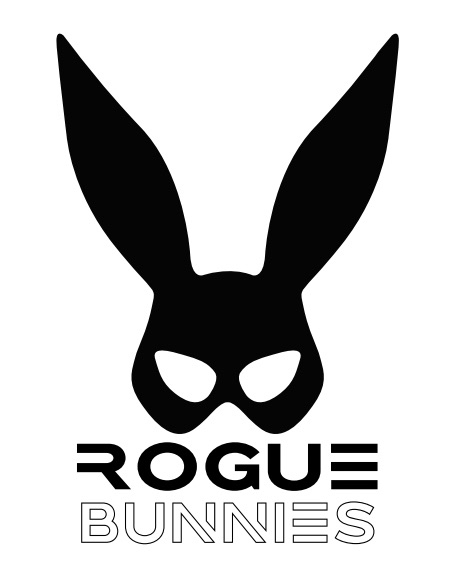Understanding NFTs: The Future of Digital Ownership
Non-Fungible Tokens (NFTs) have taken the digital world by storm, offering a revolutionary way to buy, sell, and own unique digital assets. From digital art and music to virtual real estate and collectibles, NFTs are transforming the concept of ownership in the digital age. This article explores what NFTs are and highlights their numerous benefits.
What is an NFT?
An NFT is a type of digital asset that represents ownership or proof of authenticity of a unique item or piece of content using blockchain technology. Unlike cryptocurrencies such as Bitcoin or Ethereum, which are fungible and can be exchanged on a one-to-one basis, NFTs are unique and cannot be exchanged like-for-like. Each NFT contains distinct information (metadata) that makes it unique from any other token.
NFTs are created, or “minted,” on blockchain platforms, with Ethereum being the most popular. Once an NFT is minted, it is stored on the blockchain, ensuring transparency and immutability. This means that the ownership history and provenance of the digital asset can be traced back to its origin, providing an unprecedented level of security and trust.
Benefits of NFTs
- Proof of Ownership: NFTs provide indisputable proof of ownership. When you purchase an NFT, you gain a verifiable claim to the digital asset it represents. This is particularly valuable in the art world, where authenticity and provenance are crucial. Artists can now sell their work directly to collectors, and buyers can be assured of the authenticity of their purchase.
- Enhanced Creators’ Rights: NFTs empower creators by enabling them to retain control over their work. Artists, musicians, and other creators can embed royalties into their NFTs, ensuring they receive a percentage of sales each time the asset is resold. This provides a continuous revenue stream and recognizes the ongoing value of their work.
- Accessibility and Inclusivity: The NFT market is open to anyone with an internet connection. This democratizes access to art and other digital assets, allowing artists from around the world to reach a global audience. Similarly, collectors can explore and purchase NFTs without the barriers often present in traditional art markets.
- Interoperability: NFTs can be used across different platforms and virtual worlds. For example, a digital asset purchased in one virtual environment can often be transferred and used in another, enhancing the utility and value of the NFT. This interoperability opens up exciting possibilities for virtual reality (VR) and augmented reality (AR) applications.
- Permanent Record: The blockchain ensures that the record of an NFT’s creation and ownership is permanent and cannot be altered. This transparency builds trust and confidence among buyers and sellers, knowing that the digital ledger provides a complete and unchangeable history of the asset.
- Investment Potential: NFTs have become a new asset class, attracting investors looking for alternative investment opportunities. Rare and highly sought-after NFTs can appreciate in value, providing significant returns for early adopters and savvy investors.
Real-World Applications of NFTs
- Digital Art: NFTs have revolutionized the art world, enabling digital artists to monetize their work in ways previously unimaginable. Iconic digital artworks have been sold for millions of dollars, demonstrating the immense potential of this market.
- Music: Musicians are using NFTs to release exclusive tracks, albums, and concert tickets, giving fans unique experiences and direct support to their favorite artists.
- Virtual Real Estate: Platforms like Decentraland and The Sandbox allow users to buy, sell, and develop virtual real estate using NFTs. This virtual land can be used for various purposes, including gaming, socializing, and commerce.
- Collectibles: From digital trading cards to virtual pets, NFTs have created a booming market for digital collectibles, offering enthusiasts a new way to engage with their passions.
Conclusion
NFTs represent a paradigm shift in how we perceive and manage digital ownership. Their ability to provide proof of ownership, empower creators, and offer new investment opportunities makes them a powerful tool in the digital age. As the technology and market continue to evolve, NFTs are poised to become an integral part of our digital lives.







